|
6/26/2018 0 Comments Bait the Hook!Congratulations! You’ve chosen to use history as the hook. Now, how do you prepare the learning environment for chronological study? Why, bait the hook, of course!
Environment is essential in the historical quest for excellence of character, cultural education, and everyday leadership. What you will be doing is not the norm. Our society does not value the past. Your home or classroom needs to be a safe haven for historical learning. These four simple steps will help you bait the hook of history, enticing learners to cast their lines into the waters of chronological study. B-Be the example. Be the change. The quote, “Be the change you wish to see in the world,” is attributed to Gandhi. Whoever said it, this is how any transformation happens, one person at a time, starting with yourself. If you want the benefit of an historical perspective in your life or your students’ lives, be the change, be the example, be the revolution. You are the only person over whom you have control. Be the person you would like to become or that you would like your children or students to become. Study history and its classic works. Discuss them with family and friends. Compare the principles of these works to principles in your own life or culture. Apply your new thoughts in projects or experiments. Write a letter to the editor. Create a new work. Experiment with the old philosophies—or the current ones. Be the difference.
0 Comments
5/2/2018 2 Comments Choose History as the Hook!Several years ago, when I thought of history, if I thought of it at all, I imagined a huge darkened classroom; movie flashing on the screen; boys, heads down on the desks, sleeping; girls, whispering and passing notes in the semi-blackness. I thought of globes and maps and wars and foreign countries. I thought, “Yuck.” Now when I think of history, I think of globes, maps, wars, and foreign countries. I think of people and ideas and causes. I think of children listening with rapt attention while I read and protesting when I stop for a drink of water to save my voice. I think of hiding from pretend Nazis, building Stonehenge with blocks, recreating scientific experiments, and painting pictures al fresco. I think of youth, desperate to know what happens next in Les Misérables. I think, “Yay!” One remarkable experience with history changed my feelings so drastically I decided to choose history as the focus of all my teaching and learning. It began in an adult education Art History course a friend and I took at the local high school. As I learned about art chronologically, I also learned politics, geography, culture, and much more. I have come to believe that all “subjects” can be learned through historical study. Moreover, educators can use chronological history as the foundation for all academic learning, character development, and cultural education.
It’s all Rachel’s fault. On Independence Day, she posted on the Thomas Jefferson Education Facebook page, “Define, compare and contrast: Independence/Freedom/Liberty . . . .” I have pondered those words for a couple of weeks now. What is Independence? What is Freedom? What is Liberty?
Independence is the opposite of dependence. And before the laughing begins, really think about what that means. The degree to which one is Independent is the degree to which one is not dependent on others. One who is Independent is exempt from others’ power and control, without their bias or influence, and is able to support and direct her/himself. According to the Noah Webster’s 1828 American Dictionary of the English Language,* to be Independent is “to be separate from,” “bold,” “not connected with,” and “not obsequious.” I had to look that word up. Among other things, it means “yielding to the desires of others, properly to the will or command of a superior, but in actual use, it often signifies yielding to the will or desires of such as have not right to control.” Isn’t that interesting? Independence includes not yielding to those who have no right to control. Hence, The Declaration of Independence. 7/11/2013 0 Comments Submitting to a MentorAs a mother, I can only imagine the feelings of Abigail Adams when ten year-old John Quincy left their home in Braintree, Massachusetts, to travel with his ambassador father to Europe for the first time.
While the young man was there, he attended private schools in Paris and the Netherlands, became proficient in three languages, and traveled to Russia at age fourteen, serving as secretary and translator to diplomat Francis Dana. When he returned to the United States at age 18, he attended Harvard, graduating in two years. He then studied law with Theophilus Parsons for three years before passing the bar and becoming an attorney in Boston. How did John and Abigail Adams prepare this young man to become a practicing attorney, foreign diplomat, Harvard professor, U.S. Congressman, U.S. Senator, U.S. Secretary of State, and U.S. President? Both parents had experienced mentoring and had a great education themselves; they valued education in their home and carefully prepared the environment of learning for all their children; and they entrusted the further education of their son to other great mentors. |
AuthorBonjour! I'm Bonnie. I love learning, travel, reading, writing, photography, and all things French. I am especially passionate about agency education, the humanities, and using history as the hook for all learning! Archives
July 2021
TopicsAll Agency How To How-to Mentoring |
|
©History is the Hook, 2021
|
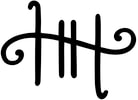
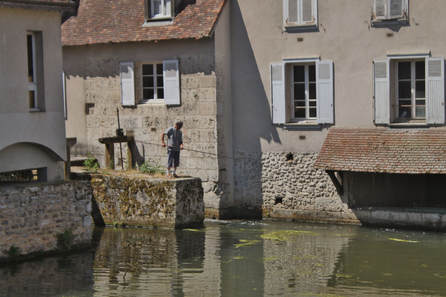
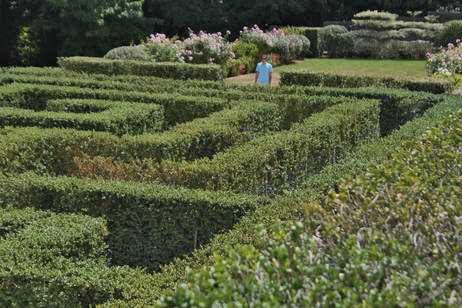
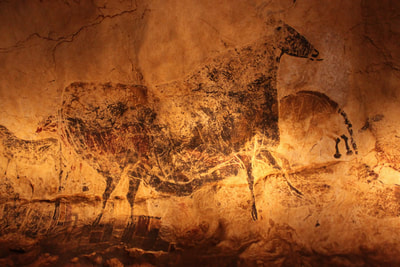
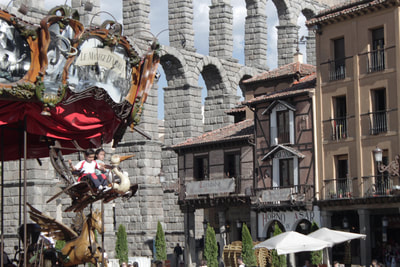

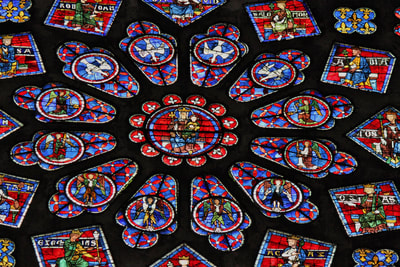
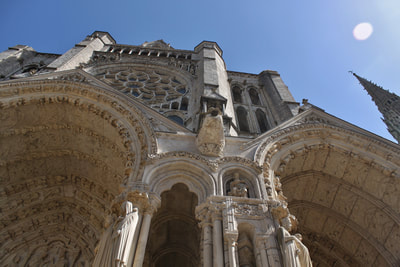

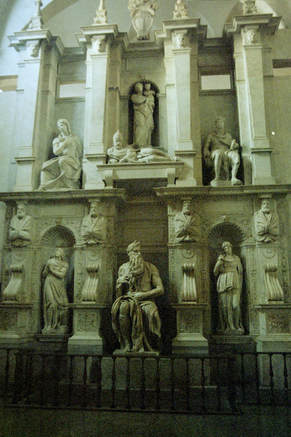
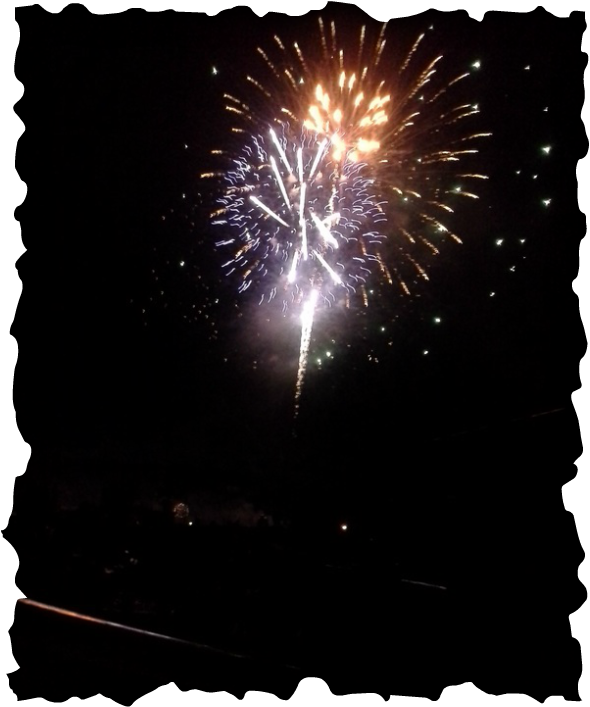
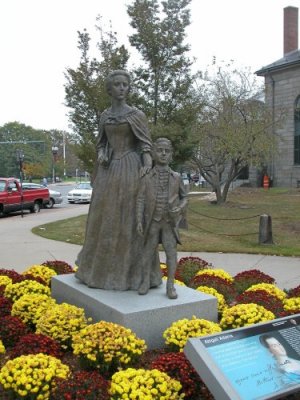
 RSS Feed
RSS Feed